First of all it’s important to mention that the sound of the DT1770PRO will be different based on the type of pads you’re using, pleather or velour. Beyerdynamic actually developed a new kind of velour pads for the DT1XX0PRO series (see picture). Changing the pads is very easy as long as you know that you have to use the little “cut” on the headphone. Just get the new pad lined up with that and turn the pad round till you’re back at the start. The velour pads (which now are less fluffy) sound more open and give a more spacious presentation but they do have less bass impact and airier treble. Pleather pads provide a more concentrated sound with bigger bass impact. The sound stage width and depth is less and you get a less airy presentation. I also found the upper mids and treble to be sharper (sometimes even too hot) and the bass is less controlled. I’ll have the velour pads any time.
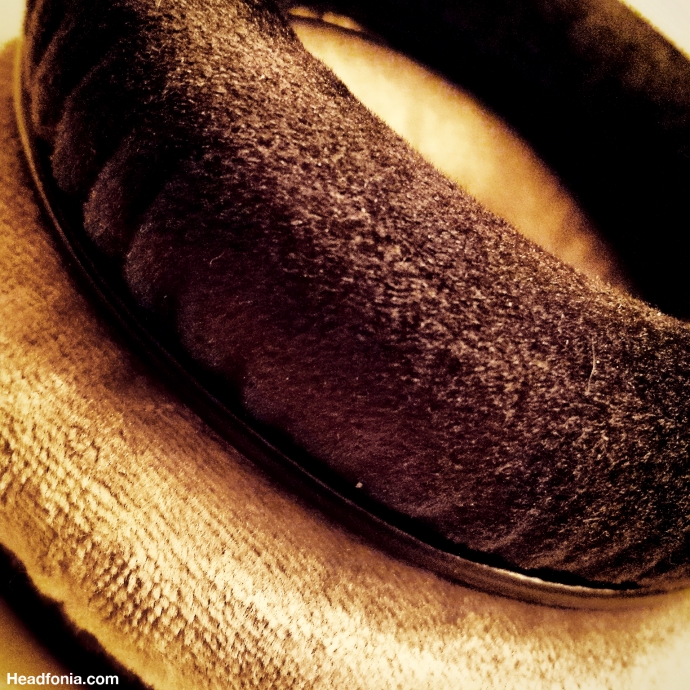
Bass on the DT1770PRO is fairly detailed, has good body and is fairly tight, it will never bleed into the mids. I have to say I expected this studio monitor to have less bass body but I’m very happy they tuned it this way. Bass goes deep but doesn’t reach the sub bass levels like the DT1990PRO does. The layering in the DT1990PRO also is better but the DT1770PRO’s bass has more punch to it. I’m quite pleased with this “little more than neutral bass presence” in the DT1770PRO, it gives you this extra kick and musicality yet it never disturbs anything else. The mids have a good amount of body as well but not as much as the bass has. The mids are rich sounding, precise and dynamic with good depth and timbre. Because of the slightly more forward vocals, bigger bass body and upper mids you might expect a more V-curved sound but that actually isn’t really the case. The vocals are precise and natural and they’re certainly one of the strongest points of this headphone. I don’t find the treble to be hot at all but it’s energetic and detailed. Its presentation is lively, extended and airy enough to make it precise yet enjoyable at the same time. Depending on the source or amplifier used, treble –just like the bass – can be slightly tuned to your preference. The overall sound signature of the DT1770PRO is coherent and music flows from bass to highs with good balance and instrumental separation. 3-Dimensional positioning isn’t bad but the DT1990PRO clearly scores better in that area. The DT1770PRO is to the more neutral side of things coming from the warmer side but I wouldn’t call it a cold, warm or fully neutral tuned headphone either.
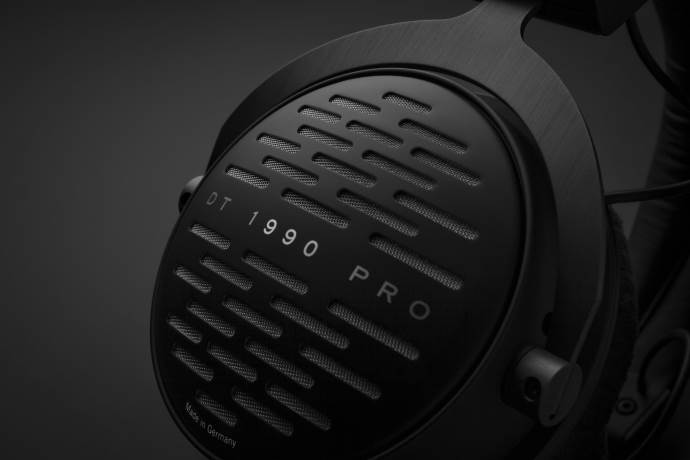
I didn’t expect Beyerdynamic to tune a closed studio monitor this way (I expected it to be flatter and more neutral like the T70) but I am very glad they did. Not only does it allow being precise and picking out all the things it needs to in the studio, it also is a very musical closed headphone for at home or at the office. I personally find it to perform extremely well with electronic music, rock music and any vocally strong music. If you’re looking for thick romantic and smooth mids there probably are better headphones out there though, like the LCD-XC if it needs to be closed.
Comparisons
The Closed DT1770PRO sounds more concentrated and less spacious than the open back DT1990PRO which is logic (DT1990PRO B-Pads). It has less body in the mids compared to the DT1990PRO while bass – especially sub bass – extends more and (bass) has more body. The rumble down low is more noticeable as well. When coming from the DT1990PRO and going to the DT1770PRO bass sounds bigger and less tight. It isn’t necessarily so but the open version makes the 1770PRO sound like that right after you switch. Treble is a little softer together with the upper mids in the DT1770PRO. Voices and mids in the DT1990PRO are a little more forward and aggressive, yet that isn’t the ideal way to describe them. They’re softer in the closed version making them easier to listen to. The DT1990PRO gives the impression of sounding richer because it’s more spacious and has better layering from lows to highs, this combined with a better sound stage width and depth. The 1770Pro gives the impression of being more V-curved than the open version. To me the DT1990PRO plays better with all kinds of music while that’s a little more difficult with the DT1770PRO.
Going back to the DT770/32 (both on velour pads) was quite a shock as the new Tesla driven DT1770PRO does everything better. It has heaps more detail, its sound stage is wider and deeper and it has better layering. The DT770’s bass is looser and less detailed while its treble is sharper and less under control. The DT770’s mids sound thinner and the DT1770PRO clearly has bigger mid body than its predecessor. The overall sound is more concentrated compared to its younger brother. Taking the increase in sound and build quality (it feels bigger yet more solid) in to account you can clearly see why there is such a difference in price between both. The DT1770PRO really is worth the extra cash. Don’t get me wrong though: the DT770 is still a great headphone for its price, and hardly anything can beat it (and it is easier to amp).
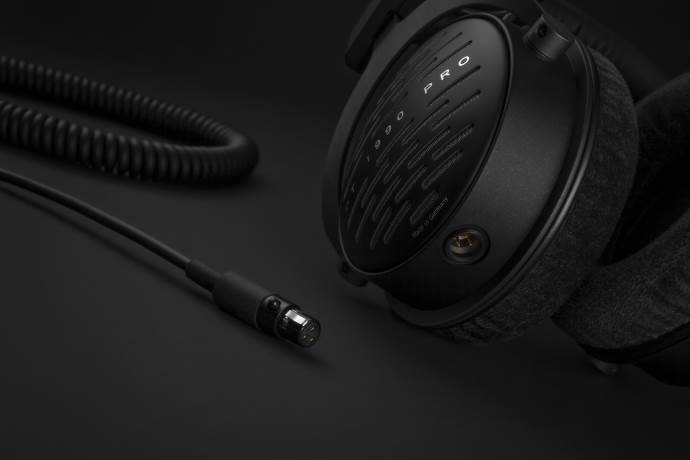
As I compared the DT1990PRO to the T90 it’s only fair I compare the DT1770PRO to the Beyer T70 but the difference is really big. The T70 is very precise but sounds rather thin, even though a good amp (preferably OTL) can give it more body. The T70 is detailed, flat and neutral and I expected the DT1770PRO to sound more like this headphone, but luckily it does not. It’s the least loved Beyer in my collection.
One of my other favorite closed headphones is the planar magnetic Audeze LCD-XC, which I find to extend deeper and wider with even better layering. It also has that typical orthodynamic black background. Bass impact on the XC is bigger and bass goes deeper with better layering. The mids have more body and hold more detail, they sound richer with better layering. The LCD-XC’s treble is something that annoys a lot of people but I find it to sound excellent. Almost three years ago Mike said: “Treble is perfect” and I can only agree. The LCD-XC has a wonderful tuning: it has heaps of detail, it’s precise, full bodies, musical and natural. To me it’s still one of the best closed headphones and while it wasn’t created a s a studio headphone I’ve seen several studio’s using them. IT’s also great with almost all musical styles.
Sources and amplification
With my solid state Violectric V281 the DT1770PRO gets a slight touch of the V281s warmth and while the DT1770PRO sounds very precise I have a feeling I’m missing something, mostly in the midrange. If you’re a fan of smooth and warmer sound and tube lushness than the Cayin HA-1A MK2 is the perfect amplifier for you. It makes the DT1770PRO smooth and romantic with a little extra bass body, very smooth mids and soft. The advantage the Cayin has is that you can tune the sound a little playing with the impedance selector. I myself liked the DT1770PRO most on the 33-64Ohm setting. Put on some jazz and dream away.
The Hugo is one of my favorite units using it as a DAC/Amp with full sized headphones. It gives the DT1770PRO the perfect balance between bass body and treble extension, resulting in the most balanced and smoothest sound with great dynamics. The Hugo gives the DT1770PRO good depth and excellent layering with a great level of detail. This is the source I used most during work hours as its sound is inoffensive and allows you to listen to the DT1770PRO for long periods. The Erzetich Perfidus Class A headphone amplifier doesn’t get to the same level as the Hugo does overall. The Perfidus however does increase the amount bass body and that’s excellent for listening to electronic and metal music. Treble is more or less the same as on the Hugo, which is inoffensive yet lively.
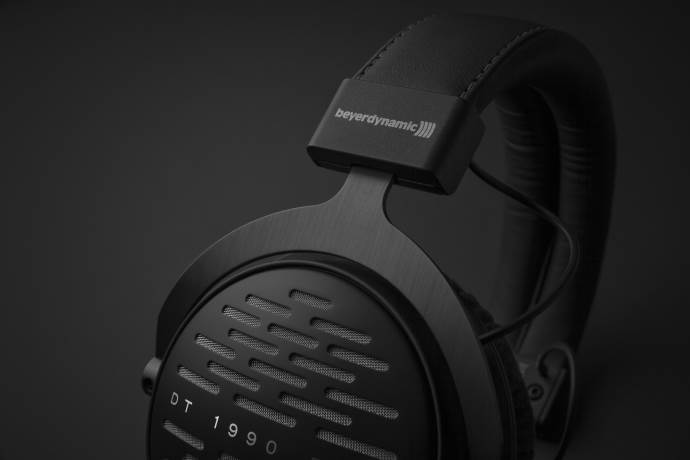
The ALO Audio Continental Dual Mono (CDM) performs at the same level of the Hugo for what layering and depth is concerned but the biggest difference in the D1770PRO is that it has better precision and micro detail with better treble extension, a little more upper bass impact and more forward voices with a brighter general presentation (this is with the Mullard tubes installed.) The CypherLabs Picollo has more than enough power to drive the DT1770PRO but it isn’t the best amp for a deep and wide sound stage with full sized headphones (although I really like the CLD-2 on it). The DT1770 sounds more concentrated but tight at all times, yet it at the same time has that analogue relaxed feeling. The new ALO Audio Continental V5 with the stock tube performs better with a wider and deeper sound and it gives a slight tube touch to the tight DT1770. It is more spacious, detailed and deep than the Picollo though. When I tried it with the DT1990PRO, I wrote: “You do get a lot of detail and good speed and the CV5 manages to keep everything tight but voices are more forward and the mids section is a little thinner”. The thing is that this signature fits the DT1770 a lot better.
Without amplification the DT1770PRO straight from the Cayin i5 sounds rather concentrated and it doesn’t have the best detail. It simply doesn’t sound as spacious and layered as it does with an amplifier. The i5 delivers good body in bass and lower mids to the DT1770 tough and it manages to keep the treble section lively. At the same time though the DT1770PRO doesn’t sound particularly seductive or addictive straight out the DAP, but it has more than enough power to drive it. Straight out of the very high-end AK380 (no amp) the DT1770PRO sounds more clear, detailed and precise while it also has a wider and deeper sound with better layering. Yes your volume will go up to around 100 but the AK380 still manages to get the job done power wise. You don’t get the same bass and mid body as with the i5 but the sound quality is definitely is higher. I quite like the combination in fact. The Fiio X7 with AM2 and AM3 more or less puts the sound in between both other DAPs with good detail and full bodied sound. The AM modules for the X7 are its strength and weakness at the same times: if you have them all you can use the one that suits the headphone best, but you do need to buy them all at $99/piece.
From the Chord Electronics Mojo, the DT170PRO sounds pretty good as the Mojo has plenty of power to properly drive it. While the spaciousness is a little behind, you get good detail levels, a dynamic sound and full bodied bass and mids. Treble could be a bit livelier though. I’m not the biggest fan of the Mojo for full sized headphones but this combination simply works especially for electronic music and metal. When you have 250Ohm Beyerdynamic headphones in the house you of course need to try them out with an OTL tube amplifier. The LaFigaro 339 – which also was an excellent match with the DT1990PRO – supplies great bass and smooth mids but less so than the Cayin. The Cayin by many will be seen as overly warm amp while the 339 doesn’t warm it up that much. It just adds some tube smoothness and richness making it a very relaxed yet precise headphone you can use for hours and hours without any fatigue. I did find the 339&DT1990PRO combo more magical though.
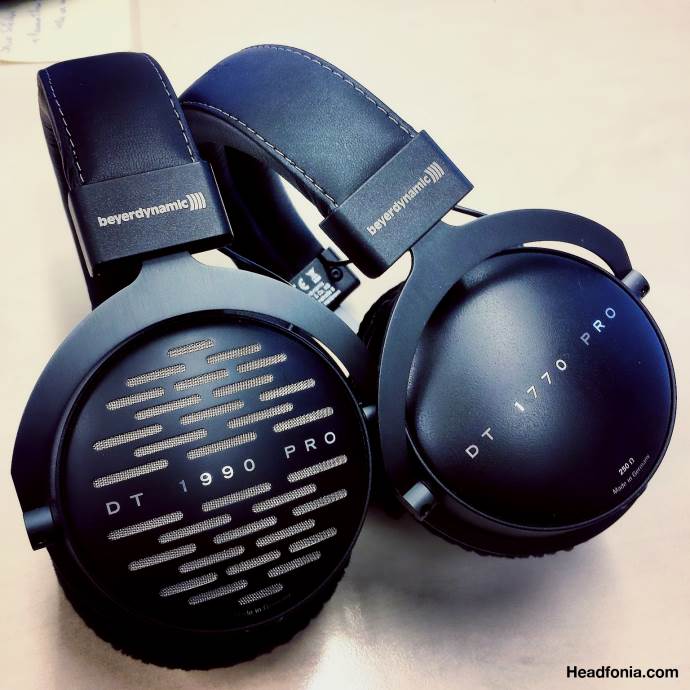
Conclusion
The DT1770PRO and DT1990PRO have replaced the DT770AE and T90 as my favorite closed and open Beyerdynamic headphones. The Tesla drivers and the latest Beyer technology have made the sound quality of these headphones go up even more and that combined with the higher level of the materials used and the excellent build quality, justifies the asking price (even if it is quite a bit more than the DT770 and DT990).
The DT1770PRO positively surprised me as I expected a more neutral, flat and boring tuning but they managed to make it good for the studio and for the musical enthusiast that just wants to enjoy his music. While it’s not the hardest to drive headphone, the DT1770PRO – like its brother – does perform better when used with and amplifier. The portable ALO CV5 does an excellent job driving the DT1770PRO and if you’re more of a home listener I can fully recommend the Hugo, Cayin and LaFigaro 339 amplifiers for the DT1770PRO.
Lovely!





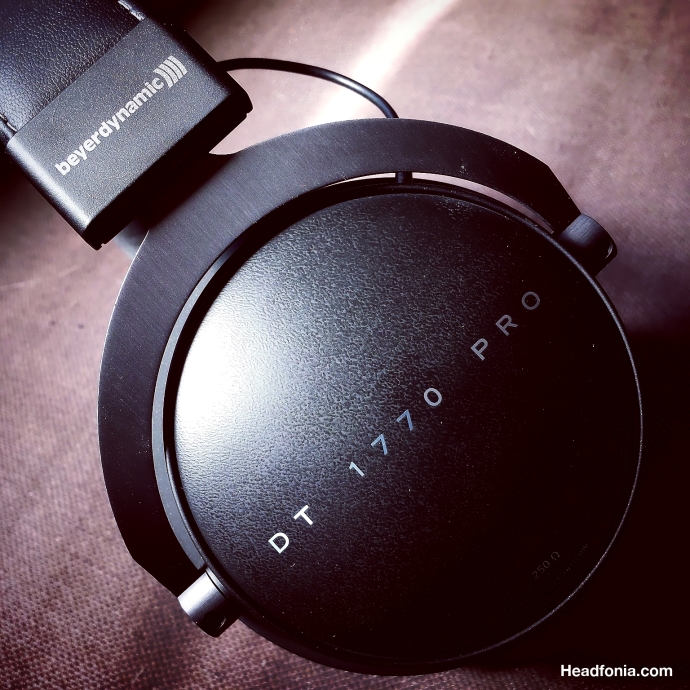
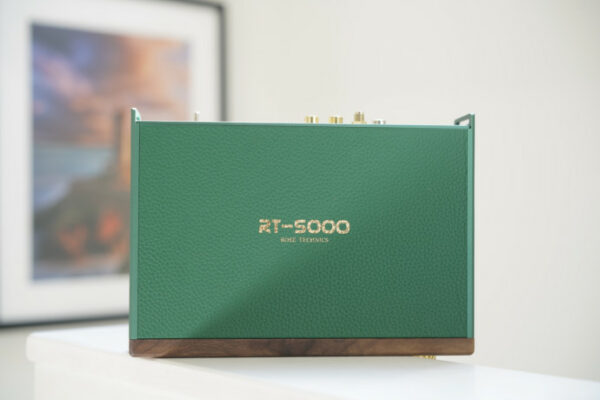
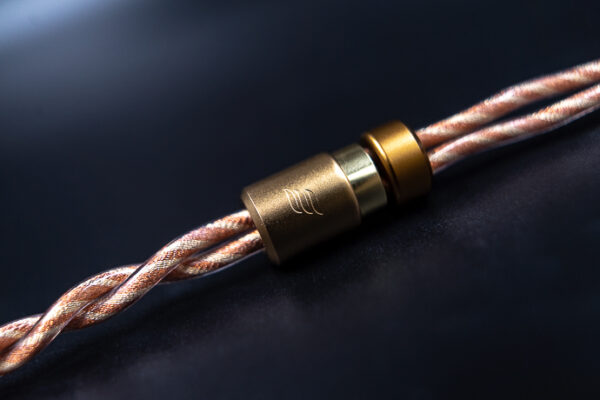
Barun C
Great read. Long time coming, since the 1770 Pro was released quite a while back. One thing, Lieven, the 2nd last paragraph before the Specification table states, “1170 Pro”instead of 1770 Pro.
Lieven
thanks and thanks for spotting that. I wanted to get the DT1990PRO out sooner as we were one of the few to have it 🙂
Beyerman
The DT1350 was the first professional beyer with Tesla drivers
Lieven
Tell Beyer that 😀
“A legendary basis, pioneering technological work and nothing less than the determination to achieve the perfect sound have led to a new milestone being set: the DT 1770 PRO – the evolution of a studio legend.
As the first professional headphones with Tesla 2.0 technology, it has already made its mark in the company’s history. The DT 1770 PRO has won over sound engineers and studio users with its impressive sound quality and workmanship. Brilliant highs and a warm bass give you a perfect sound profile unmatched by any other headphones of their kind.”
dale thorn
Umm, no – the T1 and others came first, but the DT1350, like the T50p, were the first small portable Teslas I think.
Barun C
Correct. T1 was the first headphone to come out with the Tesla driver technology in early 2010, followed by T50P in the 3rd quarter of 2010, which was not received positively due to issues related to ear pads the design mechanism and then DT1350 came out in 2011, which became probably the best portable on ears for at least a couple of years.
Lieven
Do note we’re talking Tesla 2.0 here and PRO headphones, not consumer
Barun C
If you are talking Pro only then DT 1350 was the first PRO Tesla headphone, yes.
Lieven
Tesla 2.0?
dale thorn
You’re saying the ‘DT’ series are pro, because most of those are ‘studio’ headphones, which kind-of makes sense. However, note that (for example) the DT770 Pro uses the ‘Pro’ and the DT1350 does not. I did get the idea that the 1350 was originally conceived to be used in certain limited studio applications, but that fizzled quickly because of the sound, and now it’s relegated to be an audiometric headphone, where the DT48 died a few years ago.
Barun C
I think the 1770 PRO was the first product of Tesla 2.0
Lieven
I (and Beyer) rest my case 😀
nishelo
“The CypherLabs Picollo … (although I really like the CLD-2 on it)” I guess you mean LCD-2, right?
Powertrip
Has anyone tried the Beyerdynamic Custom Studio?
http://north-america.beyerdynamic.com/shop/custom-studio.html
For whom we are not able to pay the DT1770 price, could be a good option? Worth the extra money (not too much) to the COP?
dale thorn
Having owned several Custom One Pros, Custom Street, and most other Beyer headphones, the Custom Studio should be far below the quality of the 1770/1990 and other similar editions. The Custom One Pro and Custom Street are very uneven in response, and I expect the Custom Studio to be more of the same, at any of the 4 settings. The biggest advantage I see to the 1770 for example, is not the Tesla drivers or the heavy-duty build, it’s the much smoother response due to the better materials and acoustic tuning.
Steffen
I bought the DT1770 Pro after reading your Article (Thank you for that) and i really like them, do you think they pair well with the JDS Labs Element ?
Lieven
Thank you! I haven’t tried that combo yet but the Element is a really good amp 🙂
Steffen
Ok, i´ll try it and get back to you with my totally unqualified meaning about it, Thank you.
Eric
I would like to see these closer to the $349-399 mark the DT770’s, 880’s and 990’s started at back in the day. For this price I can see a lot of people still recommending the 770’s or M50’s.
dale thorn
The 1770 pro (which I have) is very competitive at $600, when I compare every thing about it to the T90, T1, and the lower priced headphones. It’s also very competitive with many other $600 headphones, and then some. Tesla 2.0, very high quality build, etc. Beyer actually made a more expensive headphone with the 1770 pro, and priced it aggressively at $600. There may be a perception that it’s an incremental upgrade over the 770 pro, but it’s a huge difference.
Fredrik Parapat
On 2013, i purchase DT770 AE. Honestly because it got good review from Headfonia. And i enjoy its sound very well. Good bass, clear treble, all rounder headphone for me, except for some rock music. Anyway, i want to upgrade my gadget, do you think DT1770 is good upgrade for DT770 AE ? I plan to combine it with Chord Mojo, cause i read your review for Mojo and says it will be great combo.
Lieven
you absolutely want a closed headphone in that price range?
Fredrik Parapat
absolutely no, actually i want to try open headphone also. but i am afraid don’t have ideal room for open headphone either in work or home. but i will listening if there is any better idea on that price range.
Dimitris Kantsioulis
What’s your recommendation for a portable 32bit/384khz dac/amp for dt 1770’s?
PAwel
Outstanding headphones. I have no need to look for something else. The sound is very fast and resolving, natural. I have many problems with choosing a stereo system with loudspeakers, but when it comes to headphones, I am completely satisfied with them – the 1770 are my reference when looking for sound for a home stereo system. If anyone can recommend loudspeakers that sound in this style, I will be grateful.